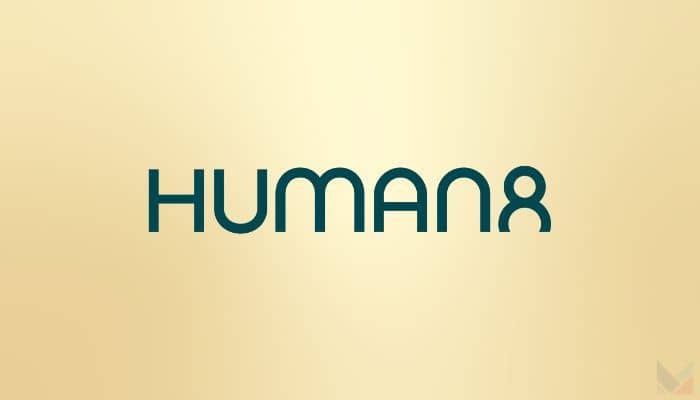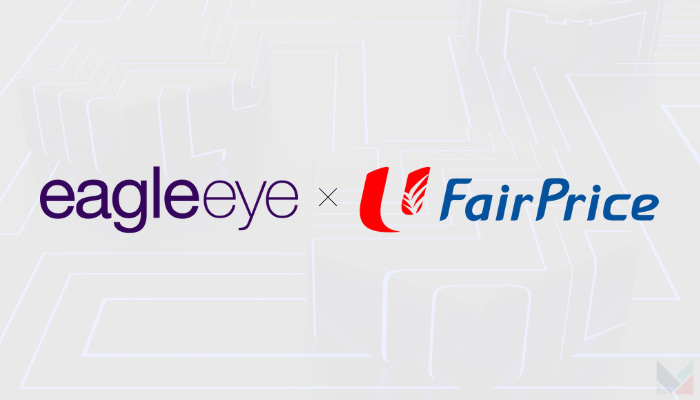San Francisco, California – Global digital experience management platform Sitecore has announced the release of new component capabilities in its cloud-native modern CMS, the Experience Manager (XM) Cloud, which will empower brands to deliver seamless and personalised customer experiences across all digital touchpoints.
XM Cloud Components is a Front End as a Service (FEaaS) composer for marketers to create their brand’s digital style guide and build visual components. With this, components can be created from scratch or can be styled by importing existing HTML, and data sources can be mapped to components to enable dynamic and responsive components that may be reused across digital properties, saving time and creating brand consistency.
With XM Cloud Components, content authors, UX designers, and marketers can likewise work in parallel to speed up the process of creating on-brand digital experiences for their customers. It is fully integrated with XM Cloud Pages, which will create an end-to-end next-generation authoring experience.
“We’re thrilled to introduce this new component capability to our XM Cloud platform, designed to enable marketers, designers and developers to work in harmony,” said Dave O’Flanagan, chief product officer of Sitecore.
He added, “With the ability to compose on-brand, dynamic page components, brands can remain agile and responsive to customer needs in real-time, which is essential in today’s fast-paced digital landscape. Our modern SaaS-based DXP provides limitless opportunities for brands to plug and play new technologies such as ChatGPT, introducing a new level of flexibility to adapt and respond to technology innovations and the ever-changing customer needs.”
Commenting on their new journey with Sitecore, Amy Kolzow, VP of global digital marketing at Wolters Kluwer, said, “We are proud to provide a unified and modern online experience that brings dynamic thought leadership to our customers and showcases our vast product portfolio. When we embarked on our digital transformation journey, we found it challenging to create web experiences that cater for every marketer, regardless of how mature they were in their use of technology.”
She added, “It’s that balance we found with Sitecore that we couldn’t find elsewhere. Since beginning our partnership, we built 30,000 pages, and now we publish about 100 pages a day, all thanks to the drag-and-drop components capability.”
At DX Europe, the company also announced it has signed over twenty new customers to its XM Cloud platform since Sitecore Symposium, which took place in Chicago in October 2022.
In addition to XM Cloud Components, Sitecore also unveiled a number of other updates to its CX offerings, including improvements in Content Hub One’s user interface, preview capabilities, better content modelling, and developer experience, new AI capabilities for Sitecore Connect and Sitecore Search, as well as new automation and personalisation features for its email marketing solution Sitecore Send.
Hannah Grap, VP of corporate marketing at Sitecore also shared that their integration of Sitecore Search on Sitecore.com to revamp the search experience on their own website saw a 25% increase in click-through rate and doubled the amount of relevant content to its visitors within a month of implementation.










